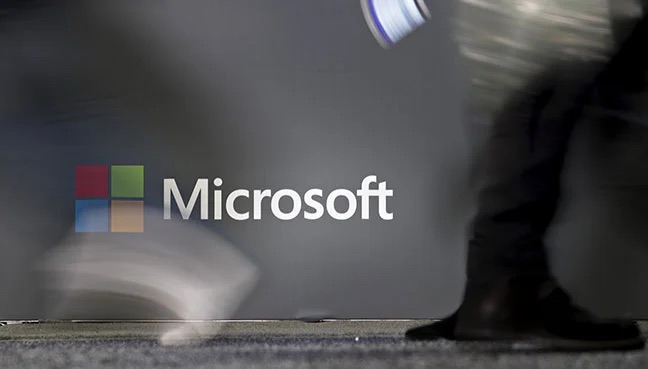
Microsoft has launched a playable demo of the classic video game Quake II, designed to showcase the capabilities of its Copilot AI platform. The demo, which is browser-based, allows users to play a single level of the iconic game for a limited time. While it provides a glimpse into AI-powered gaming, Microsoft acknowledges that the experience isn’t quite the same as playing a fully developed game.
A Tech Demo, Not a Full Game Experience
Microsoft’s new demo functions more as a tech showcase for the AI’s gaming abilities than a fully playable version of Quake II. Users can interact with the game by using a keyboard to navigate through a small section of the game world, but the experience is cut short by a time limit.
The tech behind the demo comes from Microsoft’s Muse family of AI models for gaming. The models enable users to engage with the AI by controlling the game through keyboard or controller actions, resulting in immediate feedback. The company used Quake II, which it owns through its ZeniMax acquisition, to demonstrate these capabilities.
In a blog post, the researchers expressed their initial excitement at being able to “play inside the world” simulated by the model. Players can perform actions like moving the camera, jumping, shooting, and even interacting with the environment, such as blowing up barrels—similar to the original game experience.
Research Exploration, Not a Final Product
However, Microsoft has been transparent about the limitations of this demo, stressing that it’s a “research exploration” rather than a polished game. The AI struggles with issues like object permanence and occasional inaccuracies with enemy behavior and health counters. These shortcomings lead to odd moments where players can exploit the model’s flaws, like defeating enemies by looking away for a moment.
While some find these limitations amusing, others, like game designer Austin Walker, have been critical of the approach. Walker pointed out that simply simulating the gameplay doesn’t replicate the internal mechanics of a game, like its design, code, and unpredictable elements, which contribute to the true appeal of video games.
Microsoft has also suggested that AI models like Copilot could help preserve classic games by making them more portable across platforms. However, critics argue that this doesn’t fully capture the essence of game preservation. Without the intricate details of game design and mechanics, such AI-driven recreations may miss the unique experiences that make games like Quake II memorable.
What The Author Thinks
While AI-powered tools like Microsoft’s Copilot offer fascinating potential for game preservation and accessibility, they fall short of replicating the full gaming experience. It’s crucial that AI models not only simulate gameplay but also capture the underlying mechanics, design, and creativity that make games memorable. Without these elements, AI could only offer a hollow version of the game, rather than a true homage to its original form.
Featured image credit: FMT
Follow us for more breaking news on DMR
